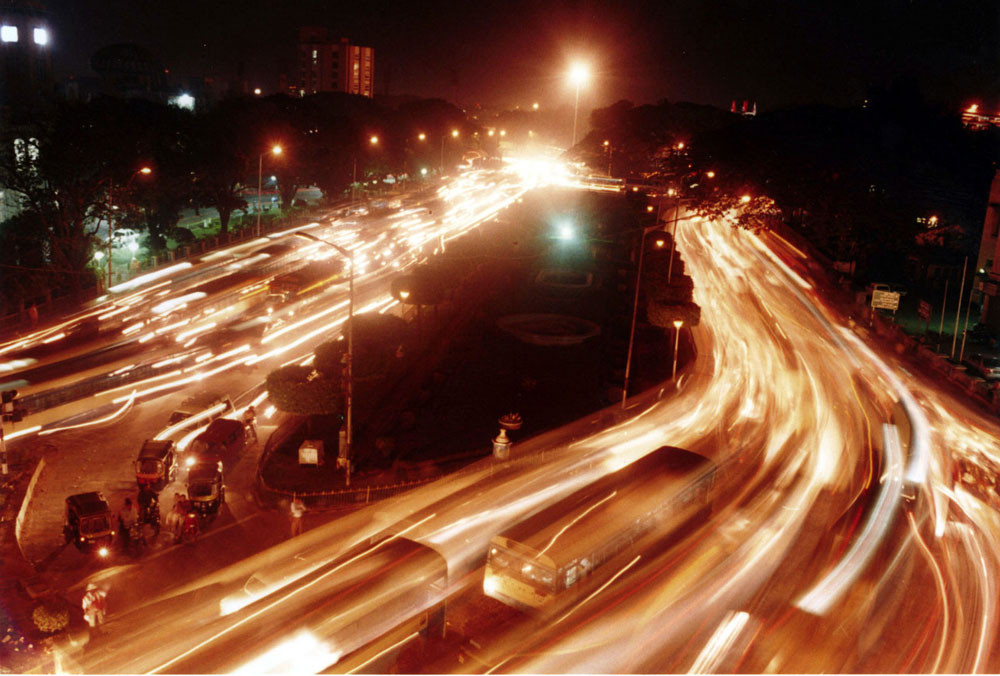At night, the road looks different from during the day. Visibility can be reduced, as can the typical drivers depth perception, peripheral vision and colour recognition. Visibility is only part of the story. Driver fatigue, drowsiness and alcohol also play roles in making night-driving hazardous. To help diminish the risks, you may want to consider the following: Don’t drink and drive; Make sure your lights work and are clean and visible; Keep the windshield and windows clear; Have a mechanic aim your headlights; Reduce speed and increase the distance to the car in front; Don’t overdrive your headlights. You should be able to stop the car inside the illuminated area; Use headlights from dusk until dawn; Dim high-beams when approaching oncoming traffic or when closing within 300 feet from behind; Other than dashboard lights, avoid using illumination inside your car; If you have car trouble, pull off the road as far as possible. Warn approaching cars by turning on your emergency flashers and the interior dome light. If you have highway safety flares, place them around the vehicle, dont walk on the roadway. Call or wait for assistance. Remember, dusk and dawn are difficult times to drive as your eyes constantly adjust to the changing light conditions.







